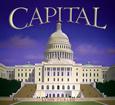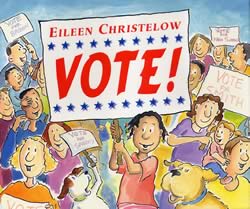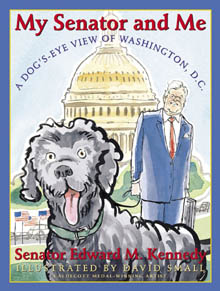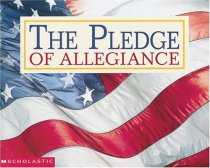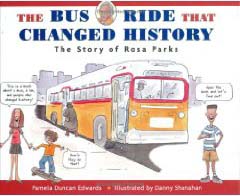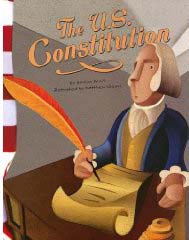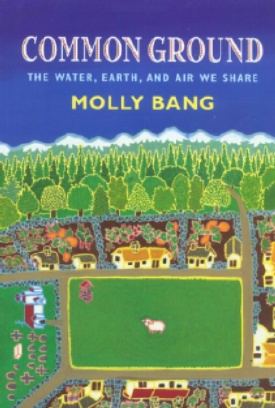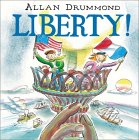
The book If I Were President, written by Catherine Stier and illustrated by DyAnne DiSalvo-Ryan, explains the daily activities and responsibilities of our country’s leader and is told from the point-of-view of six young children who are imagining that they have been elected President.
Each page starts off “If I were president…” and then provides readers with lots of information about the president, including where the president lives, who helps him (or possibly her) make decisions, how he travels, who protects him, and some of the powers and responsibilities given to the president. In addition to describing government-related activities, such as signing bills to make laws, being in charge of the armed forces, and meeting with leaders of other nations, the story also includes several fun, less-known tasks done by the president:
If I were president, in the spring I’d toss the first pitch of the baseball season, and in winter I’d light the nation’s holiday tree. If I were president, my words and picture would appear in newspapers and magazines all over the world. Even my dog would make the headlines!
Towards the end of the story, Stier explains that each president can only be elected twice, for a total of eight years and then mentions several ways that past presidents are honored and remembered. She provides a description of the Lincoln Memorial and Mount Rushmore, as well as a picture of our country’s money, showing Abraham Lincoln on the penny, Thomas Jefferson on the nickel, and George Washington on the dollar bill.
The final page shows a young boy who has fallen asleep in his room with an American flag above his bed and a sketch of the capitol building laying on his floor. He is dreaming that someday he just might be president of the United States. This ending, along with the following sentence from the introductory page, encourage readers to dream big, telling them that they too could become president:
Perhaps someday you may choose – and be chosen – to take on this very important job.
Curriculum Connections
If I Were President would be an excellent book to use as part of a civics lesson related to the role of the president or the US government in general. This book provides lots of information about our nation’s leader in a way that is easy for children to understand and relate to. It is simple enough to be read to Kindergartners but could also be used as a fun way to begin or end a 2nd or 3rd grade lesson about the president. After reading the story, students could write about they would do if they were President and create a class book about what each person would do as president.
In Virginia, this book relates to social studies SOLs K.9, 2.11, and 3.11 which state that students will know that the President is the leader of the United States, identify George Washington and Abraham Lincoln as Americans whose contributions improved the lives of other Americans, and recognize the importance of government in the United States. It would also be a great book to read while learning about Presidents’ Day (SOL K.1b and 1.3).
Additional Resources
- This Scholastic “If I Were President” webpage includes 12 creative activities related to the role of the president and the accomplishments of past presidents. The activities are designed for a variety of grade levels and include creating paper bag flags, holding an inauguration day ceremony, decorating a bulletin board with a “White House Menagerie” of presidential pets, and making White House books showing all of the rooms in the president’s home.
- Here is a link to an interactive, online “President for a Day” activity that allows students to find out what a day in the life of the president is like.
- Take your students on a virtual tour of the White House guided by Spotty the dog.
Book: If I Were President
Author: Catherine Stier
Illustrator: DyAnne DiSalvo-Ryan
Publisher: Albert Whitman & Company
Publication Date: 1999
Pages: 32 pages
Grades: K-3
ISBN: 0-8075-3541-9
